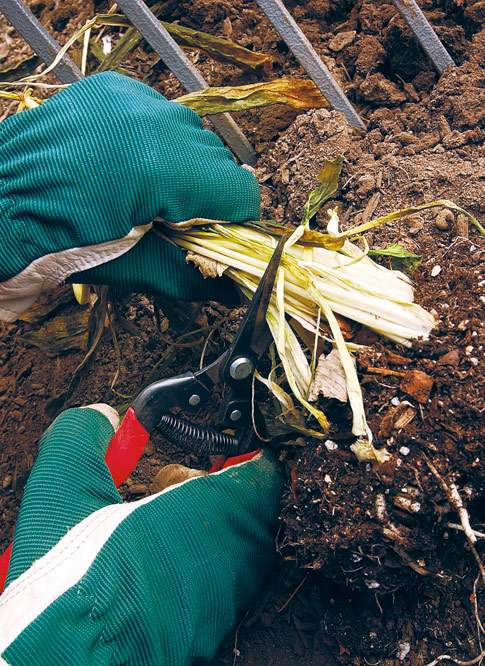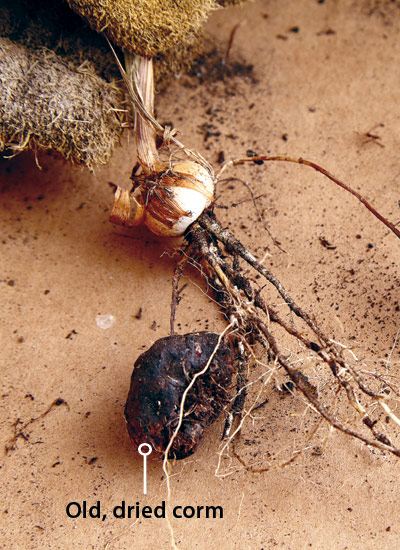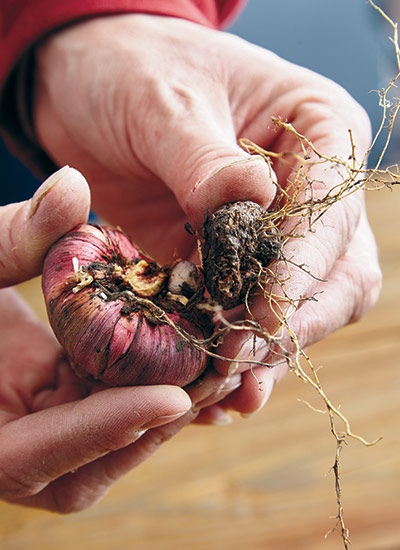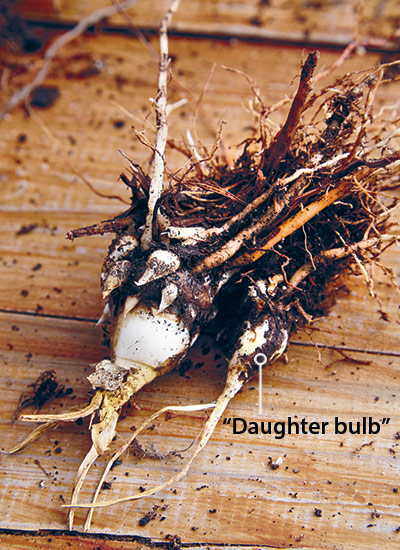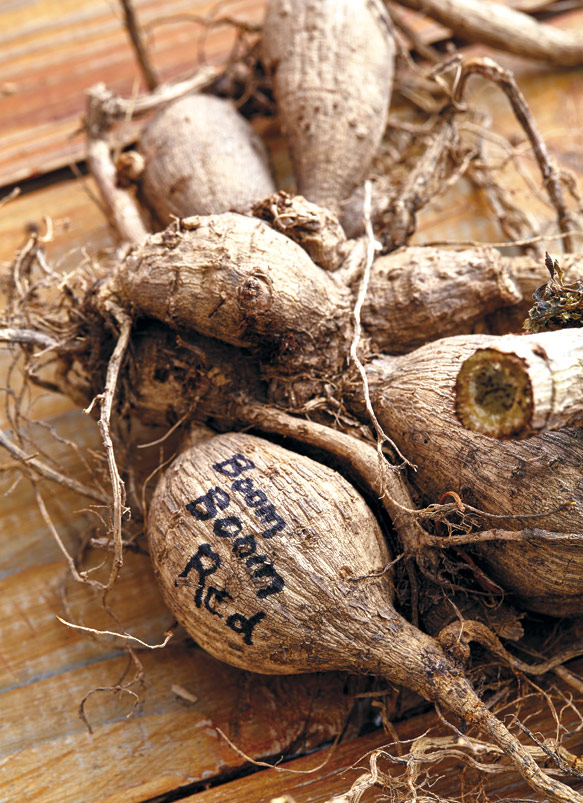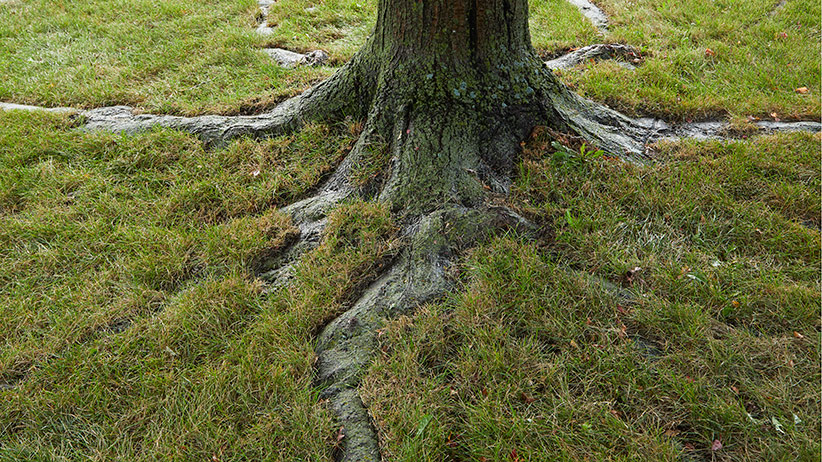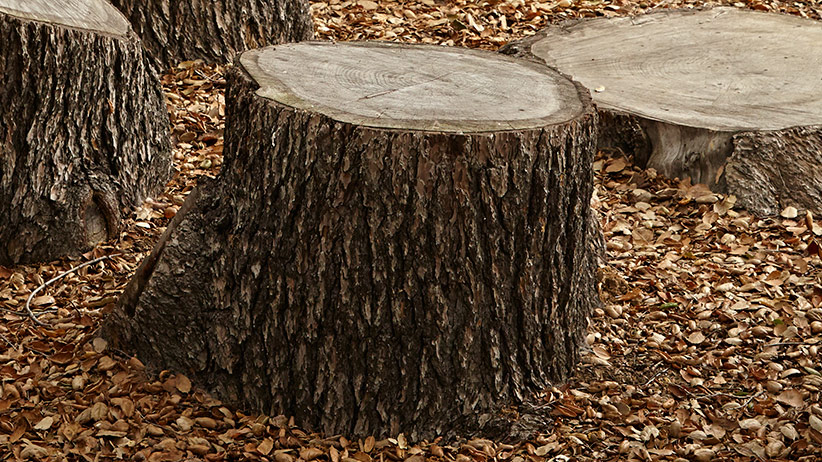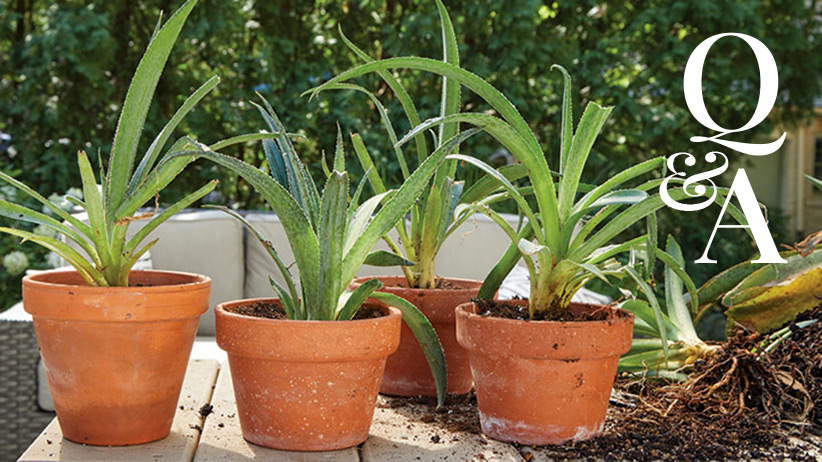Don’t toss your tender summer bulbs!
If you love growing tender summer bulbs, such as cannas (Canna spp. and hybrids) or dahlias (Dahlia hybrids), but they aren’t hardy in your zone, save tender bulbs over the winter and grow them again next year!
What is a “tender bulb”?
Technically, not all the plants called “tender bulbs” are actually bulbs. There are also corms, rhizomes and tubers. They’re all enlarged root-like structures that store energy to resurrect these plants each spring. But to keep things simple, they’re often all referred to as tender bulbs. For most tender bulbs, you’ll follow the same process of digging, curing and storing. Learn more about each step below, and then scroll down for specific information on some of the most popular corms, rhizomes, tubers and bulbs.
You Might Also Like:
Find the Right Bulb For Your Garden
How to Overwinter Geraniums
Fall Garden Checklist
How to Save Your Container Plants Over Winter
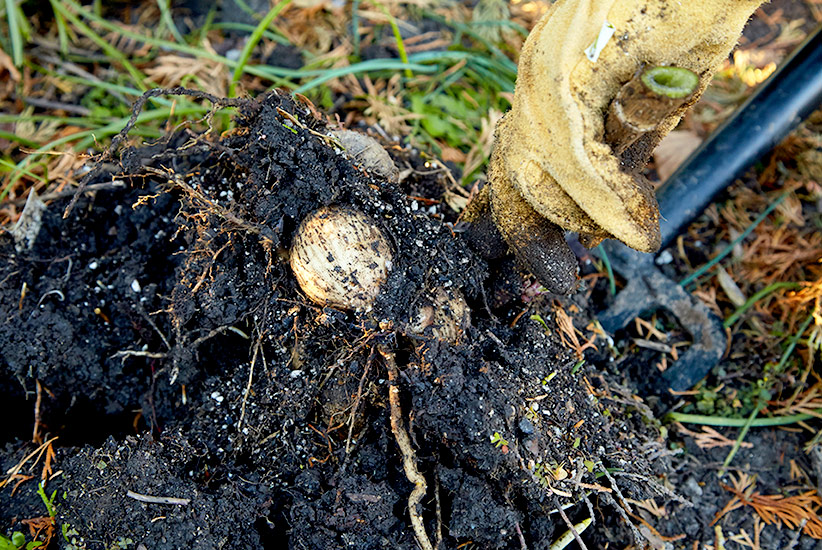
Step 1: Dig up the tender summer bulb
Digging when the soil is moist, not muddy or dried and cracked, makes it easier to lift and clean the tender bulbs. If you dig too early in the season, your bulb may not have stored enough energy to grow a healthy plant next year. Too late and the ground may have frozen hard and the tender bulb with it.
- Most plants can be lifted when their foliage yellows and dies back, or after the first hard freeze, when leaves turn crispy and dried or black and mushy.
Tools to Help You Dig Bulbs:
Garden Fork
Mini-Shovel
Garden Gloves
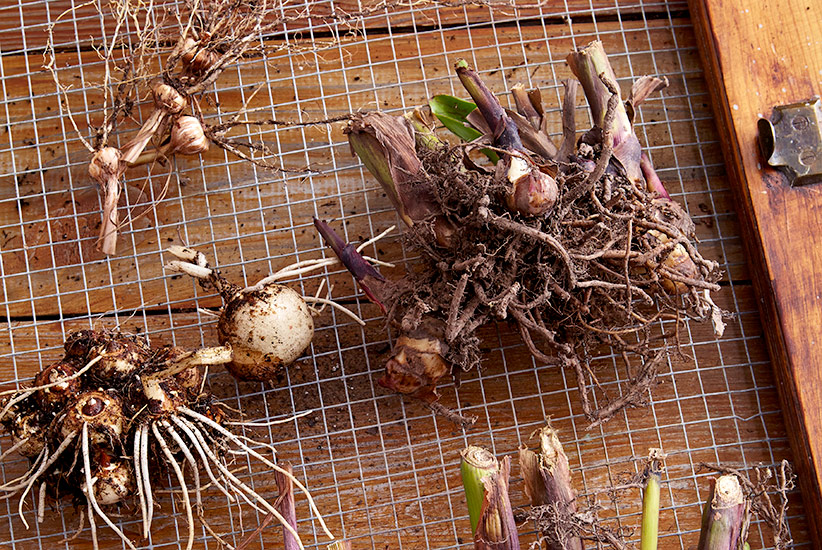
Step 2: Trim, clean & cure the tender bulb
Trim the stems and clean soil off the tender bulb so fungi, soilborne diseases or insects won’t ruin it during storage. After you have your bulb cleaned, inspect for diseased tissue, shriveling from dehydration and insect damage from borers or bulb mites. Discard any that don’t look healthy and firm. Cure tender bulbs for a few days up to a few weeks in a well-ventilated area so they can dry completely. Excess moisture can cause bulbs to get moldy and rot over the winter.
-
Tubers can be sprayed with water to clean soil out of the crevices, as long as they are dried completely after so they won’t mold.
-
Don’t wash corms — they have a papery covering that shouldn’t get wet before storage. Instead, air dry or cure them out of direct sunlight in a well-ventilated spot at 60 to 70 degrees F. After two to three weeks, use a paintbrush to remove any soil still clinging.
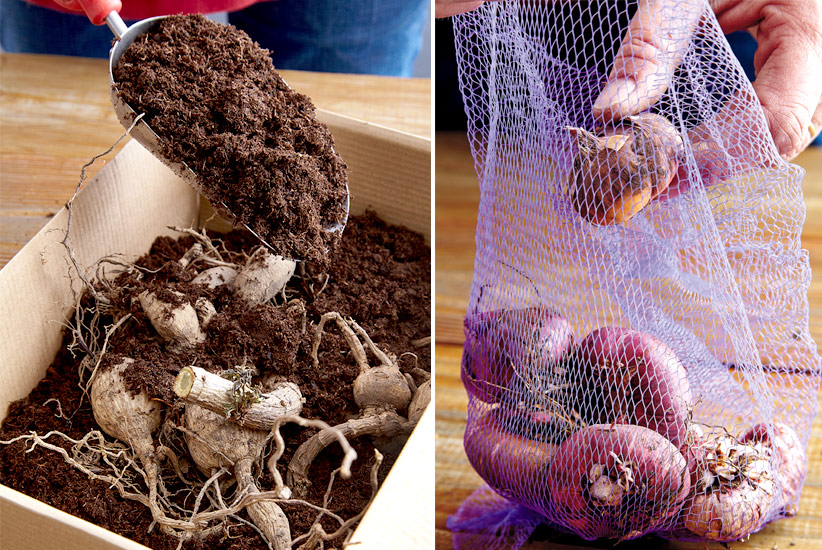
Step 3: Store the tender bulb
Keeping tender summer bulbs cool and in darkness is important to maintain dormancy and ensure healthy bulbs for next year. On a shelf in a chilly basement or garage is a good place to store tender bulbs for the winter.
-
Tubers and rhizomes are fleshier, so they need a bit of humidity to prevent them from drying out over the winter. Store them in slightly moistened peat moss or vermiculite in a newspaper-lined crate, cardboard box or shoe box.
-
Corms and bulbs like it cool, dark and dry. Once they’ve had a curing period, pack them away in small paper sacks with their cultivar name written on the outside or a mesh produce bag with a label.
How to dig and store 7 common tender summer bulbs
Now scroll down for 7 common tender bulbs and tips to help prepare them for storage in cold winter zones!




